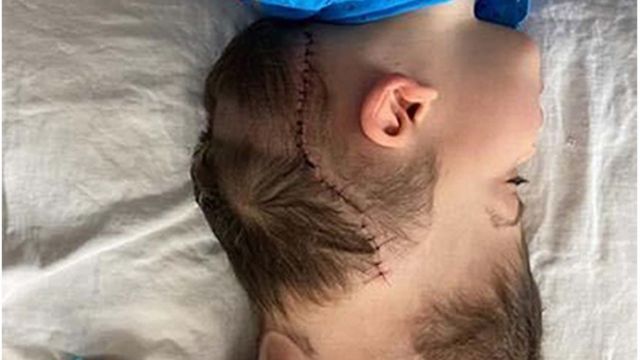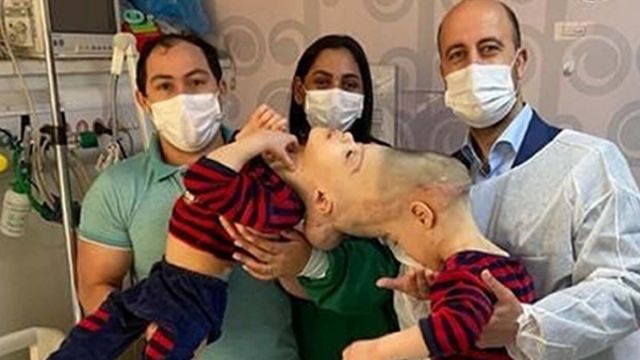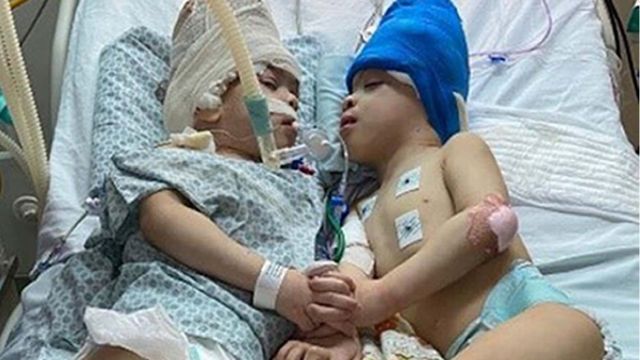Bernardo and Arthur Lima after the operation. After being separated, they only calmed down when they were allowed to touch each other. In Brazil, doctors were able to separate Siamese twins joined at the skull, a condition known as craniopagus. The preparation for the operation included extensive use of virtual reality. Three-year-olds Bernard and Artur Lima underwent surgery in Rio de Janeiro under the guidance of doctors from Great Ormond Street Children’s Hospital in London. Doctors spent months trying to figure out the safest way to separate, testing hypotheses on virtual models of the boys’ anatomy created using computed tomography and magnetic resonance imaging. Surgeon Nur ul Ovasa Jalani described the operation as a “product of the space age. He mentioned that for the first time, surgeons from different countries worked together in the same “virtual reality room.

The twins had to postpone several surgeries. An additional difficulty for the surgeons was the scar tissue that formed. In total, the Lima twins underwent seven surgeries. The last one lasted over 27 hours and involved nearly 100 medical professionals. Jilani also noted that virtual reality has allowed surgeons to perform the procedure several times “in advance” without putting children at risk. The surgeon himself spent 27 hours in the operating room, with only four 15-minute breaks for food. After the separation, Bernard’s and Arthur’s blood pressure and pulse rate increased dramatically. This happens to all conjoined twins after successful separation. After four days, however, they were returned to the same ward, given the opportunity to hold hands, and the indicators normalized. Gemini is recovering well in the hospital. They will now undergo six months of rehabilitation. Dr. Gilani is the founder of the Gemini Untwined Clinic, where he has operated on conjoined twins from Pakistan, Sudan, Israel and Turkey.

Twins with parents and a surgeon. Dr. Gabriel Mufarrez, head of pediatric surgery at the Paulo Niemeyer Neurosurgery Institute in Rio de Janeiro, also participated in the surgery. The parents of the twins brought them to the Institute two and a half years ago and have been observing them ever since. According to statistics, Siamese twins are born in one case in 50-60 thousand. Only 5% of them are craniopagus. The story of Siamese twins who moved to another continent to save their lives.

